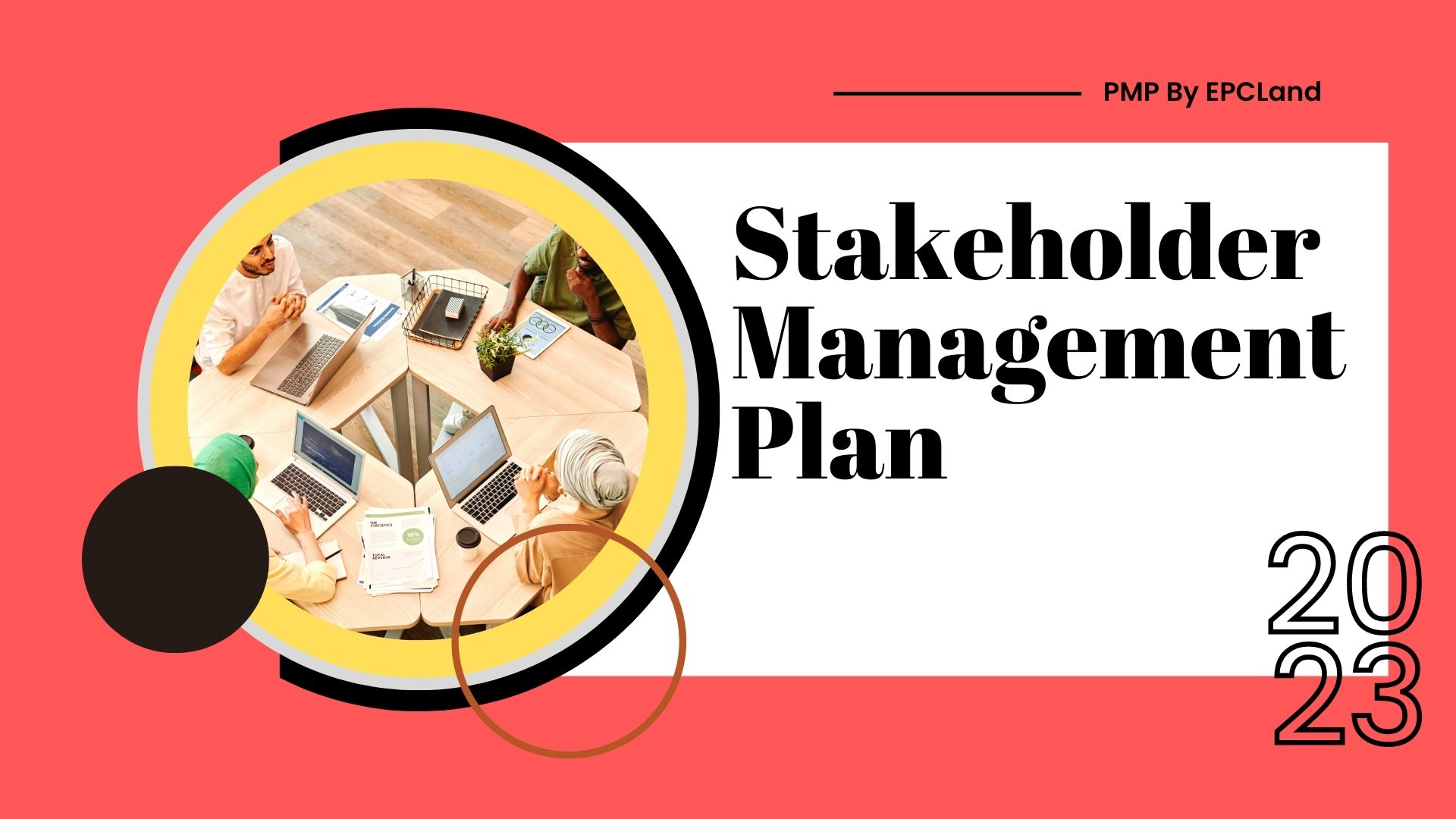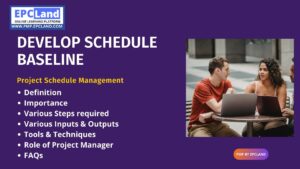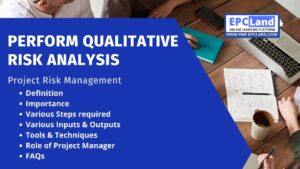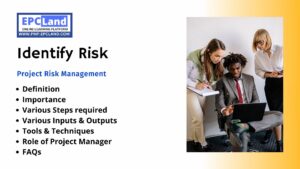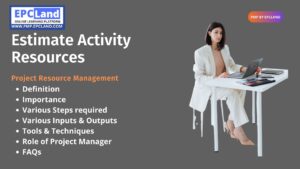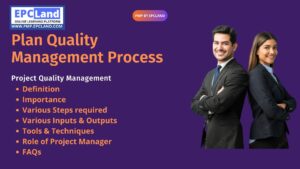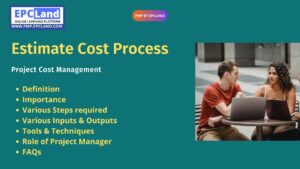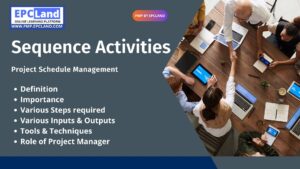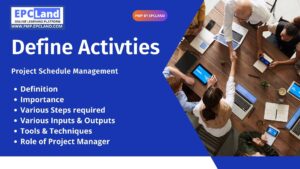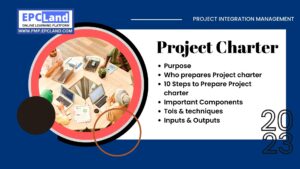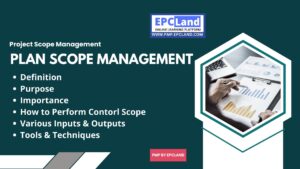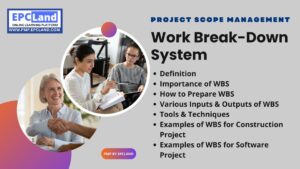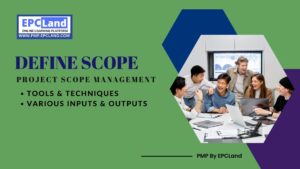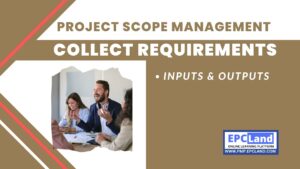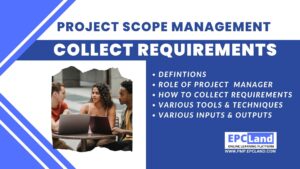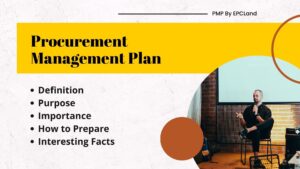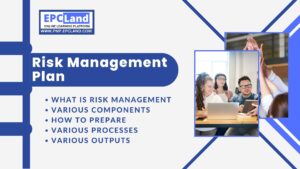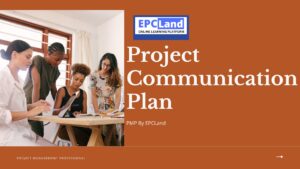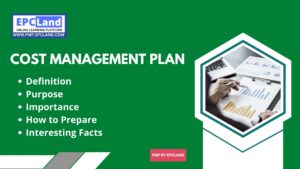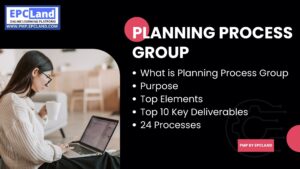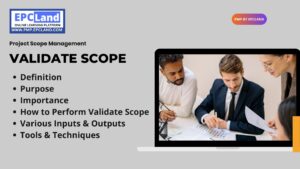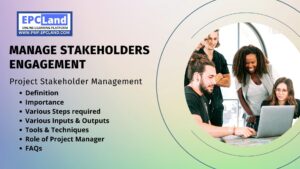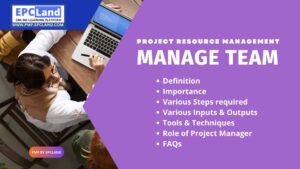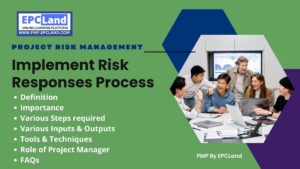Every project succeeds with efficient stakeholder management. The stakeholder management process is the strategic discipline that successful project managers use to obtain and maintain operational support for their projects and their organization from others inside and outside the company.
Table of Contents
ToggleWhat is stakeholder management in project management?
Stakeholder management can be described as the process of monitoring, organizing and improving stakeholder relationships. This involves systematically identifying stakeholder priorities, analyzing their needs and expectations, and planning and executing a range of tasks to engage them.
Journeys should involve stakeholders on a regular basis. Must be aware of stakeholder expectations and requirements. Addressing conflicting priorities and involving stakeholders in key project decisions and activities is critical. All of this is important when trying to manage the stakeholder engagement process.
Attempt Quiz-1 on Plan Stakeholder Management Process

Time's up
What is a Stakeholder Management Plan?
A stakeholder management strategy is a document that outlines how the team will address the goals and expectations of key stakeholders throughout the project lifecycle. Developing a stakeholder management plan that resolves conflicts, addresses expectations, and ensures that stakeholder needs are met is a component of project stakeholder management.
An effective stakeholder management program also identifies key stakeholders and defines strategies and approaches for managing them. The technique of coordinating stakeholder meetings and managing stakeholder expectations is called project stakeholder management. Many parts of operations, including stakeholder management, are coordinated by the project manager. Stakeholders generally have an interest in or influence over the company.
Why is a stakeholder management plan important?
Stakeholder management is very important as it is the soul of a successful project relationship. This includes building strong relationships and understanding how their work contributes to the success of the project. Ideally, you want to build trust while staying relevant. Key stakeholders can present restrictions or requirements based on industry information.
A stakeholder management program is essential to developing and building successful stakeholder relationships. These plans define project goals, deliverables, and expectations and ensure alignment between the company and all stakeholders. This promotes transparency and trust, leading to a shared understanding of what successful projects mean.
This will help you understand your project’s risks (strengths and weaknesses) and limitations. The more stakeholders involved and engaged, the more hazards in the project will be exposed and overcome.
1. Providing Expertise
Note that only certain stakeholders have knowledge. This can be based on existing processes, industry expertise, or background data.
2. Risk mitigation
When discussing project requirements and limitations, they may raise concerns and concerns about meeting specific goals and needs. Understanding these risks and developing a plan to mitigate them greatly increases the chances of project success.
3. Ensure project success (increase probability)
Gain buy-in from your stakeholders by including them in the project requirements. This increases the chances of project success.
What is included in the stakeholder management plan?
When creating a stakeholder analysis, be sure to include all necessary information. The project stakeholder management process includes the following data:
A complete list of all identified stakeholders – including names, titles or roles, and contact details.
1. Stakeholder prioritization
Evaluate stakeholders based on their potential to influence the project and their level of concern for its success. Stakeholder analysis is the most important step.
High power – high interest
These are key stakeholders, like project sponsors, who help get much-needed budgets and recruit the right team members. So manage them closely and involve them in the decision-making process early on.
High power – low interest:
“Delayed Bomb”. Interest may be low at the moment, but that could change if the project veers off course.Keep them happy, but not busy. Briefings and notes should work to help you understand the overall direction of the project.
Add Your Heading Text Here
Low power – high interest
“Cheerleaders”. Or those who support the project with a small amount of effort. This makes them great allies, so keep them informed of important updates and invite them to help you with project details.
Low power – low interest:
don’t hang out with them. But watch their behavior.
2. Stakeholder expectations
Without awareness, you cannot set realistic expectations. How you want to connect, what you want to be involved with, and everything else should be recorded.
Start with a series of questions such as:
- What are your current project interests? Are they related to company-wide goals or your personal goals?
- What does success look like to you?
- Which is more important: time, budget, quality, etc.?
- Are there other stakeholders to consider? If so, how can I get them on board?
- What do you think is dangerous about the project?
- What information do they want from you, how often, and in what format?
- How detailed should these reports be?
Add Your Heading Text Here
3. Communication is essential
Your strategy should determine the amount, frequency, and type of communication with each stakeholder and who on your team will be the point of contact.
Because of many reasons, consider the following types of communication channels:
Push – Information is manually sent to stakeholders by email, memo, or written contract.
Pull – This is where information such as project management plans, resource utilization charts, and various reports are centrally stored for pull by stakeholders. This can be either a company wiki or an area dedicated to project files.
Interactive – These are group and one-on-one calls, trainings, phone calls, video calls, and anything that implies direct human contact. They’re great for brainstorming, building trust, and resolving conflicts in general, but their informal nature makes them difficult to document and track in hindsight.
4. Action plan
Here you define how stakeholder engagement is to be handled and what actions need to be taken to ensure expectations are met.
Build a feedback loop for stakeholder management
How do you know if past engagement action items actually worked as planned?
The best way is to create a system that feeds itself with suggestions from each stakeholder and acts as an improvement log that can be referenced in future best practices. Templates are useless in this case and instead present a set of do’s and don’ts.
Do’s
- Be prepared to write down comments and objections to identify hidden patterns.
- Make it part of the internal process. If your team is serious about engaging with stakeholders on a regular basis, include scores in your performance reviews to reach your goals.
- Share with stakeholders how you acted on the feedback. This can be done through quarterly newsletters for large projects and project retrospectives for smaller projects.
- Be precise: To be successful, your approach must get to the heart of what people care about, explain it in clear, simple language, and be understandable to all readers.
- Use templates: Create a template for the stakeholder management plan to use in the process. This ensures plan consistency, avoids missing important information, and helps you create plans faster. Using the Stakeholder Management Plan Template greatly simplifies this process.
- Let’s think about collisions: Be proactive in developing plans and consider potential conflicts. Include strategies for handling and resolving issues so that everyone involved understands the procedure before starting the project.
Don’ts:
- Fight for something you don’t want to do. Instead, use your negative energy wisely. For example, if you find flaws in everything you say, assign it to the team responsible for identifying project risks and then ask them to add action points for resolving them.
- Use email when face-to-face communication is more appropriate. To resolve conflicts of interest or clarify concerns of key stakeholders.
- At times, Ignore suppliers and contractors. They may give the impression that they can work with less guidance than other stakeholders. But the problems that can arise from it (delivery delays, breakdowns) are much more unpredictable in nature than internal team problems.
- Be overwhelmed: A lot of information can be found when creating a stakeholder management plan. Make sure you run them one at a time. Otherwise, you may skip some important instructions.
- Stakeholder Misconceptions: As already mentioned, stakeholders have a lot to offer. Make sure you can identify the tools and techniques of the people involved.
Attempt Quiz-1 on Plan Stakeholder Management Process

Time's up
FAQs on Plan Stakeholders Management
1. What are the main goals of the stakeholder management plan?
Stakeholder management has the potential to create and maintain productive relationships by managing their specific needs, wants, and expectations.
2. Who prepares the Stakeholder Management Plan?
Project managers and sponsors develop a list of stakeholders to include in the stakeholder management strategy.
3. What are the stakeholder plans?
A robust stakeholder plan outlines the scope of the project, includes matrices such as a materiality/impact grid and a stakeholder engagement matrix for a quick stakeholder overview, includes an accurate timeline, A key stakeholder strategy should be included before the project begins. business.
